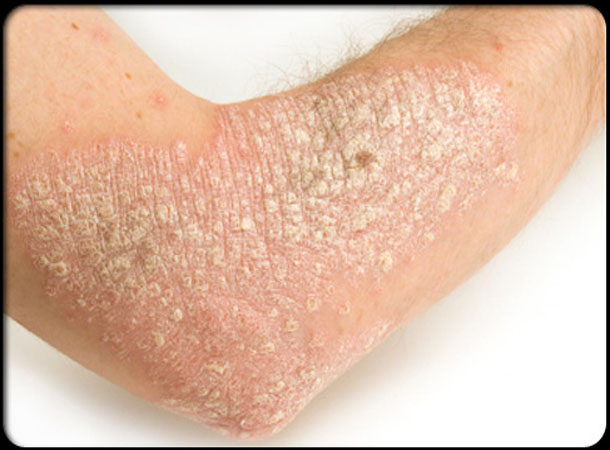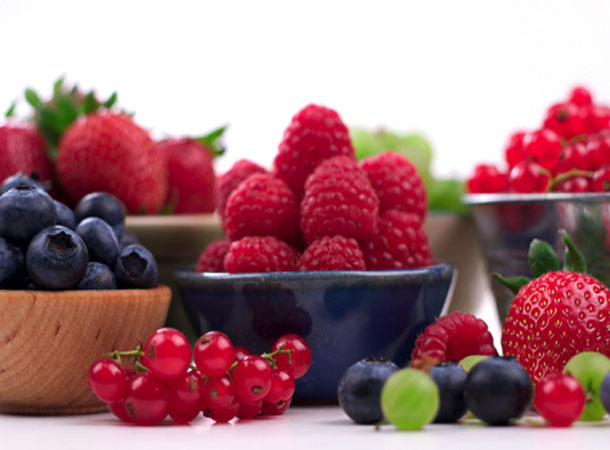If you or someone you know suffers from migraines, you know how painful and disruptive they can be. When a severe migraine strikes, the pain and other symptoms can be so bad that everything else must stop so you can attend to the headache. You might miss work, social functions or family gatherings; you have no choice.
Symptoms vary among sufferers and episodes. Some people have nausea and vomiting, while others become very sensitive to noise or light. Some experience visual disturbances, called aura, and some people even have the rare silent migraine, in which there is no pain but many other symptoms are present.
1. Keep a Headache Diary
Just as symptoms vary widely between migraine sufferers, so do the triggers, or what brings on the headache. Knowing your triggers is the first key to migraine prevention, so many doctors suggest keeping a diary. In a typical migraine diary you’ll record the date, time, severity, symptoms before and during the episode, and all possible triggers. Some people also record methods for relief and the duration of the migraine.
2. Sleep
Setting a consistent sleep schedule may help reduce migraines. Go to bed and get up about the same time every day, including weekends and holidays. Disruptions to your sleep schedule, getting too much or too little sleep, can trigger a headache.
3. Exercise regularly
You may be tempted to avoid exercise, afraid it might trigger a migraine. And, although overexertion may trigger a headache in some people, research suggests regular, moderate aerobic exercise may reduce the severity, duration, and number of migraines in many people. Regular exercise also helps control stress, another migraine trigger.
4. Manage Stress
Like obesity and poor diet, stress is a well-known culprit behind a host of medical ills, and migraines are no exception. Stress can cause tension in the neck and shoulders, leading to tension headaches that escalate into migraines. Stress also causes hormonal fluctuations, and—you guessed it—certain hormones can trigger migraines. Yoga, meditation, prayer and breathing exercises are all common relaxation techniques; experiment to see what works best for you.
5. Eat regular meals
Regular meals are important to maintain level blood sugar. A drop in blood sugar can trigger a migraine. Also drink plenty of water to avoid dehydration, which can trigger migraine.
6. Limit stress
For many migraine sufferers, stress is a common trigger. Take time each day for a relaxation break. Find something that you enjoy that helps you relax. For example:
7. Listen to calming music
a. Take a short walk
b. Meditate
c. Do yoga
8. Try complementary therapies
Along with your prescribed treatment, consider using complementary therapy to help prevent migraines. For example, you may be able to manage stress and prevent migraines through:
a. Acupuncture
b. Massage
c. Cognitive behavioral therapy
Preventive Medications
When natural remedies fail to prevent migraines, or don’t do enough to help, there are some medications that can help. Most of these drugs were originally formulated to treat some other disorder, like seizures, depression, or high blood pressure, and were found to lower the incidence of migraines or lessen their severity. If you have more than three migraines per month or have episodes so severe you cannot work or carry out normal activities, your doctor may be able to prescribe a preventive medicine.
1. Antiepileptic drugs
Certain antiseizure drugs are also effective for preventing migraines. These drugs may work by calming the neurons in the brain. Neuron “hyperexcitability” plays a role in migraine and epilepsy. Up to 20% of people with epilepsy also have migraine.
2. Triptans for menstrual-related migraines
Triptans are commonly used for acute migraine treatment. But one triptan — Frova — is also helpful for preventing menstrual-related migraines. It affects serotonin levels and may also relieve pain in other ways. Several other triptans are being studied and may possibly be effective in preventing menstrual-related migraines.
3. Botox
Botox is a type of toxin produced by the bacteria Clostridium botulinum. It weakens or paralyzes muscles. Botox is often used to treat wrinkles. But it was also found to help some people with chronic migraines. The FDA approved Botox for the preventive treatment of chronic migraines in 2010. It is used for people who have long-term migraine headaches at least 15 days per month, with the headache lasting four hours daily or longer. It is thought that Botox inhibits the release of certain chemicals involved in the transmission of pain signals.
Sources:
http://www.foxnews.com/health/2014/09/17/6-ways-to-prevent-migraines.html
http://www.webmd.com/migraines-headaches/guide/understanding-migraine-prevention
http://www.houstonheadache.com








